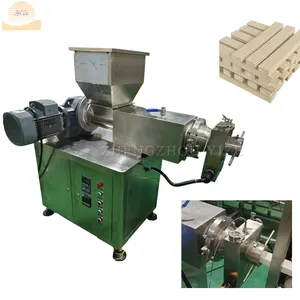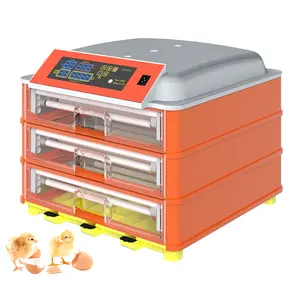Popular in your industry









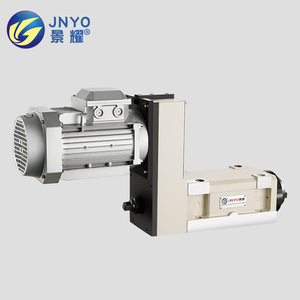






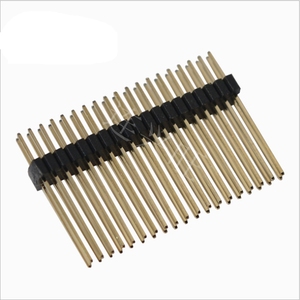


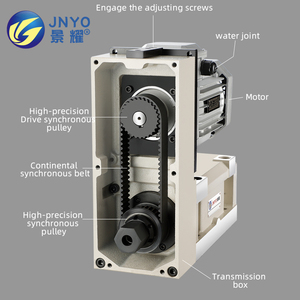






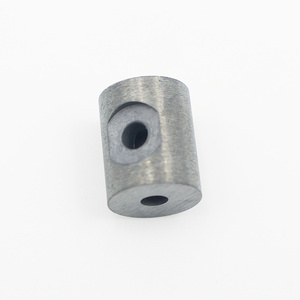
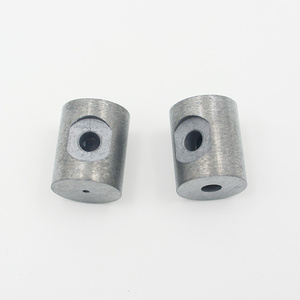
















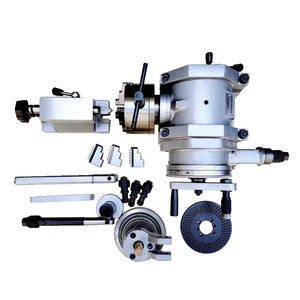

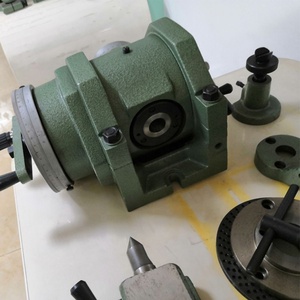
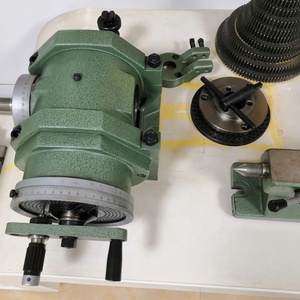










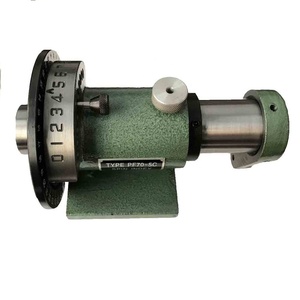
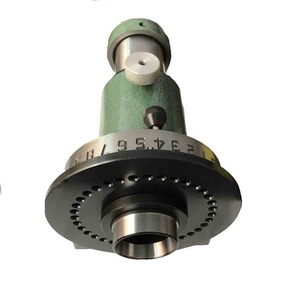

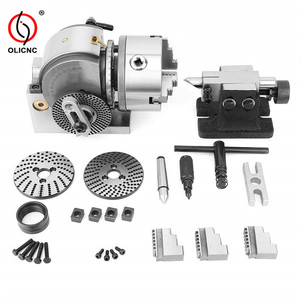

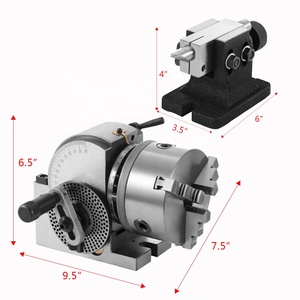

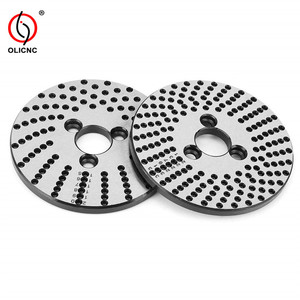
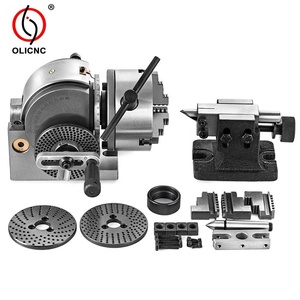






Related Searches:
















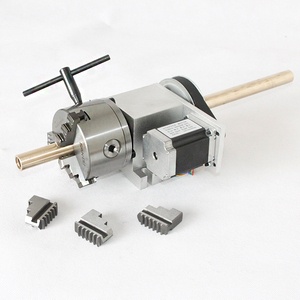
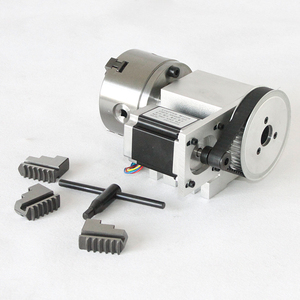











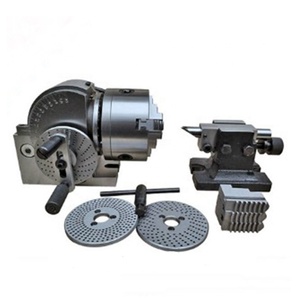

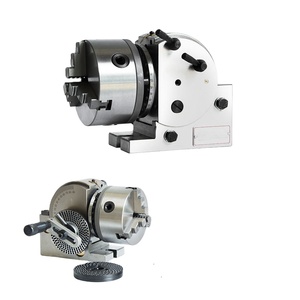
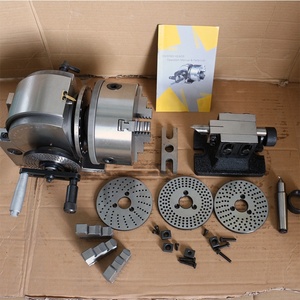

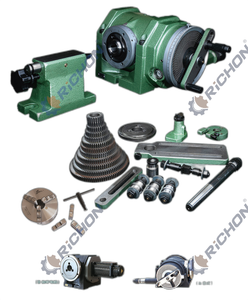
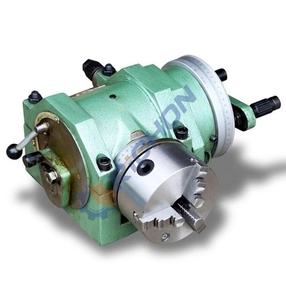


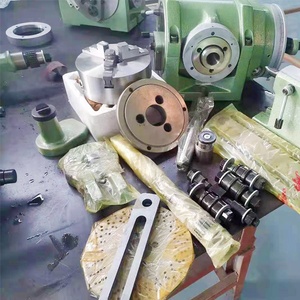
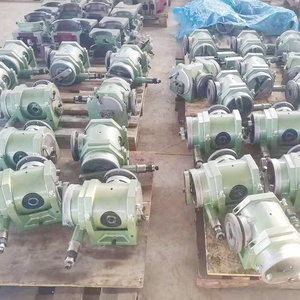










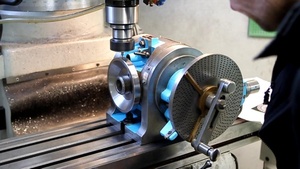
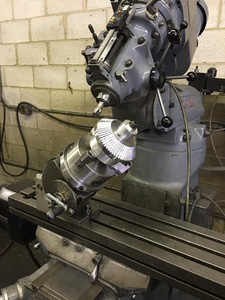
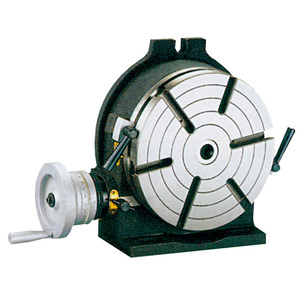


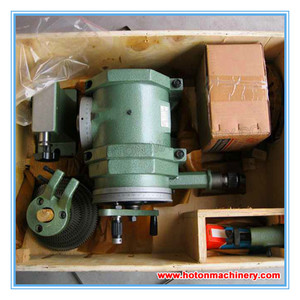



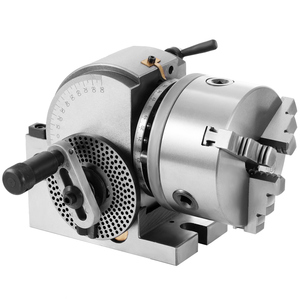






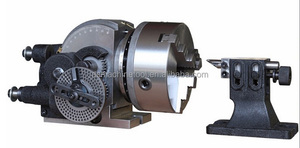
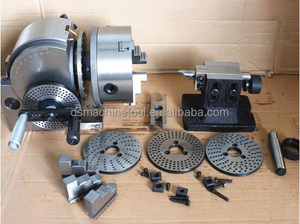

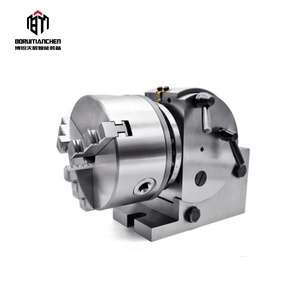







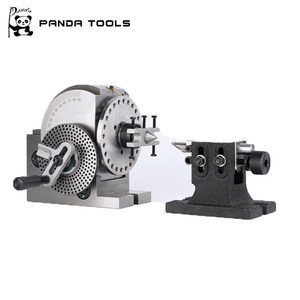

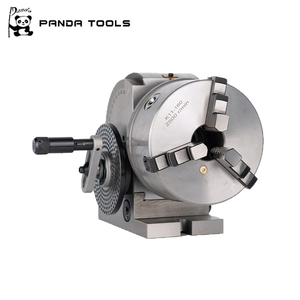









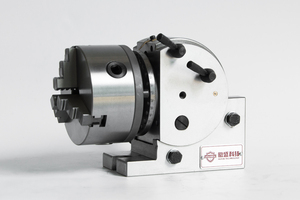
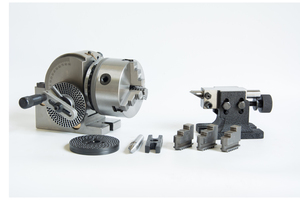



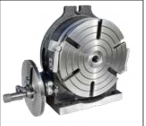



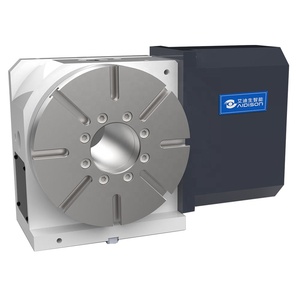




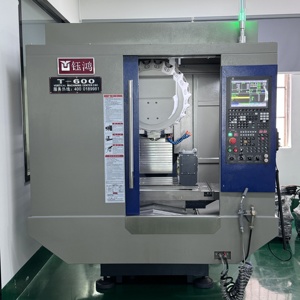


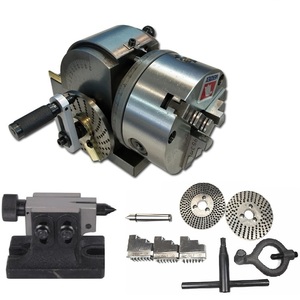



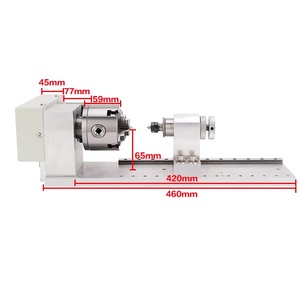

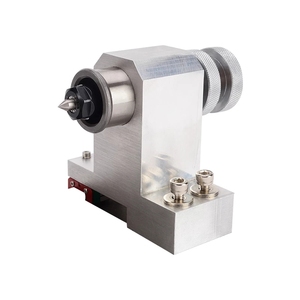




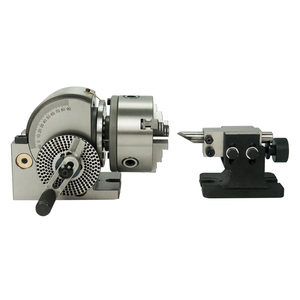


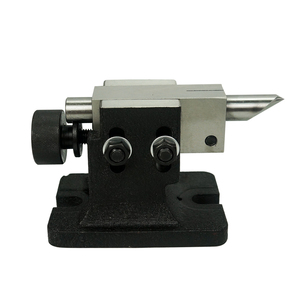
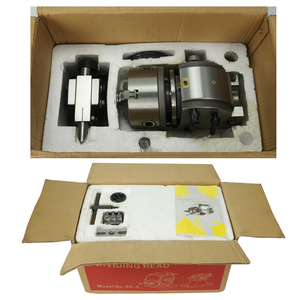
Top categories
About dividing heads
What are Dividing Heads
Dividing heads, also known as indexing heads or spiral heads, are specialized tools designed to enable a workpiece to be rotated in precise, predetermined increments. This is highly beneficial in manufacturing processes where intricate and detailed machining tasks are required, such as milling gear teeth, cutting spirals, or creating complex angles. The principle of operation for a dividing head is akin to a human wrist's rotation, offering the ability to turn a piece of work around a fixed axis.
Crafted for precision work, dividing heads are vital for machinists, toolmakers, and metalworkers who demand exactitude in their projects. They are typically found in the realm of metalworking but can also be utilized in other industries where precise rotational cutting is necessary. At its core, a dividing head consists of a chuck or faceplate that holds the workpiece in place, a worm gear that drives the rotation, and a series of interchangeable plates with holes drilled in them, which enable the user to set specific divisions for accurate rotation.
The operational principle of a dividing head revolves around the concept of dividing the circle into equal parts. By engaging the worm gear with the workpiece-mounted chuck, one can turn the piece by precise degrees. The selection of hole plates and corresponding pins allows for a wide range of divisions. This precision instrument can be adjusted to accommodate various operations and is an indispensable tool for ensuring repetitive accuracy across multiple pieces in a production run.
Types of Dividing Heads
There exist several types of dividing heads tailored to meet different machining requirements and preferences within the industry.
Universal Dividing Head: This versatile device offers a full range of functionality and can divide a workpiece into any number of equal parts. It can be adjusted to any angle and is capable of cutting helical gears due to its ability to tilt from horizontal to vertical positions. Applications include complex milling operations where flexibility is crucial.
Optical Dividing Head: Designed for extremely precise jobs where high accuracy is paramount, an optical dividing head incorporates optical instruments for reading divisions. It's often employed in making fine instrumentation or where minute divisions are necessary.
Simple Dividing Head: Also known as plain dividing heads, these are used for straightforward tasks where one does not require the complex adjustments offered by universal heads. They're easier to operate and suitable for routine milling tasks such as slotting or creating flats.
CNC Dividing Head: With advancements in technology, CNC dividing heads offer automatic control through computer programming. These are used in CNC machining centers for producing parts with intricate shapes and designs at high speeds with remarkable precision.
Each type caters to particular use cases and machining complexities, enabling workshops and factories to choose an appropriate dividing head that best suits their production needs.
How to choose Dividing Heads
Selecting the right dividing head is critical for businesses that aim for efficiency and precision in their machining processes. When considering purchasing a dividing head for commercial use or resale, businesses should evaluate several factors based on their specific requirements.
Firstly, consider the type of operations you will be performing. If your tasks involve complex angles or helical gears, then a universal dividing head would be most suitable due to its versatility and ability to adjust at various angles. For highly precise tasks requiring exceptional accuracy, an optical dividing head could be the best choice.
The capacity and size compatibility with your existing machinery should also be taken into account. Ensure that the dividing head you select can handle the size of workpieces you plan to use and that it fits seamlessly with your milling machines or CNC centers.
Another critical factor is the level of automation desired. A CNC dividing head can significantly increase productivity by automating rotations per programmed instructions, hence suitable for high-volume production environments.
Moreover, consider after-sales support options like online support or video technical assistance which could be invaluable for troubleshooting and maintenance. Lastly, review local service locations to ensure that you have access to prompt service if required.
By carefully analyzing these considerations against the backdrop of your operational needs and capacities, you'll be better positioned to select the most appropriate dividing heads for your business applications.
Best Dividing Heads on Alibaba.com
Alibaba.com stands out as an international marketplace connecting buyers with suppliers offering an extensive array of industrial machinery including high-quality dividing heads suitable for various applications across multiple industries. On this platform, businesses have access to a diverse selection from manufacturers worldwide allowing them to find exactly what they need—be it universal dividing heads capable of handling complex tasks or simple ones meant for straightforward operations.
As Alibaba.com operates in over 190 countries and areas providing services like Trade Assurance which gives buyers peace of mind by safeguarding payments until delivery is completed—customers can confidently conduct transactions knowing their interests are protected. Furthermore, Alibaba.com’s platform supports multiple languages and features designed for mobile use enhancing convenience in sourcing industrial equipment.
For businesses seeking reliable suppliers with competitive prices on industrial tools like dividing heads, Alibaba.com presents itself as an unrivaled resource offering both variety and assurance in quality transactions. Whether your operation requires precision equipment for manufacturing plants or CNC machining centers Alibaba.com brings forth a comprehensive collection that aligns with various commercial needs while affirming quality through available machinery test reports and after-sales services provided by suppliers across the globe.
Common FAQs for Dividing Heads
What is a dividing head and what is its primary function?
A dividing head, also known as an indexing head, is a machine tool accessory used to divide the periphery of a workpiece into equally spaced divisions. Its primary function is to enable precise angular rotation of the workpiece for various machining operations such as milling gears, cutting angles, and creating circular patterns.
Who typically uses dividing heads in their operations?
Dividing heads are commonly used by machinists, toolmakers, and metalworkers who require precise angular adjustments in their work. Industries that frequently use dividing heads include manufacturing plants, machinery repair shops, CNC machining centers, and educational institutions with machine tool training programs.
Can dividing heads be used on both manual and CNC machines?
Yes, dividing heads are versatile and can be used with both manual milling machines and CNC machining centers. The type of dividing head may vary depending on the level of automation required; for example, CNC dividing heads are specifically designed for use with computer-controlled machines.
How do I determine the correct type of dividing head for my application?
To determine the correct type of dividing head for your application, consider the complexity of the tasks you'll be performing, the level of precision required, and compatibility with your existing machinery. Universal dividing heads offer flexibility for complex operations, while simple dividing heads are suitable for more straightforward tasks.
What are some key factors to consider when purchasing a dividing head?
When purchasing a dividing head, key factors to consider include the device's maximum load capacity, compatibility with your milling machine or CNC center, type of operation it will be used for (e.g., simple or complex), level of automation desired, and after-sales support options provided by the supplier.
Are there different methods of indexing available with dividing heads?
Yes, there are different methods of indexing available with dividing heads. Direct indexing is quick and uses a built-in plate with a number of holes for common divisions. Indirect indexing uses change gears to achieve a wider range of divisions. Differential indexing allows for cutting helical gears by calculating specific gear setups.
What maintenance is required for a dividing head?
Regular maintenance for a dividing head includes cleaning after use, lubricating moving parts to prevent wear, checking for any backlash or play in the mechanism, and ensuring that all components such as gears and plates remain in good condition to maintain accuracy.
Can custom configurations or attachments be added to a dividing head?
Many suppliers offer custom configurations or attachments that can be added to a dividing head to enhance its capabilities or adapt it to specific tasks. These may include special chuck attachments or tailstocks for supporting longer workpieces.
Is it possible to perform helical milling with a dividing head?
Yes, it is possible to perform helical milling using a universal dividing head that can be tilted to match the helix angle. This allows for cutting helical gears or other helical features on a workpiece.
How does one ensure precision when using a dividing head?
To ensure precision when using a dividing head, it's important to accurately set up the device according to the required division. This involves selecting the correct plate and hole pattern for direct indexing or setting up the appropriate gear ratio for indirect indexing.
What safety precautions should be taken when operating a dividing head?
When operating a dividing head, always follow machine safety guidelines such as wearing protective equipment (e.g., safety glasses), ensuring that workpieces are securely fastened, keeping hands clear of moving parts, and avoiding distractions that could lead to mistakes during setup or operation.


